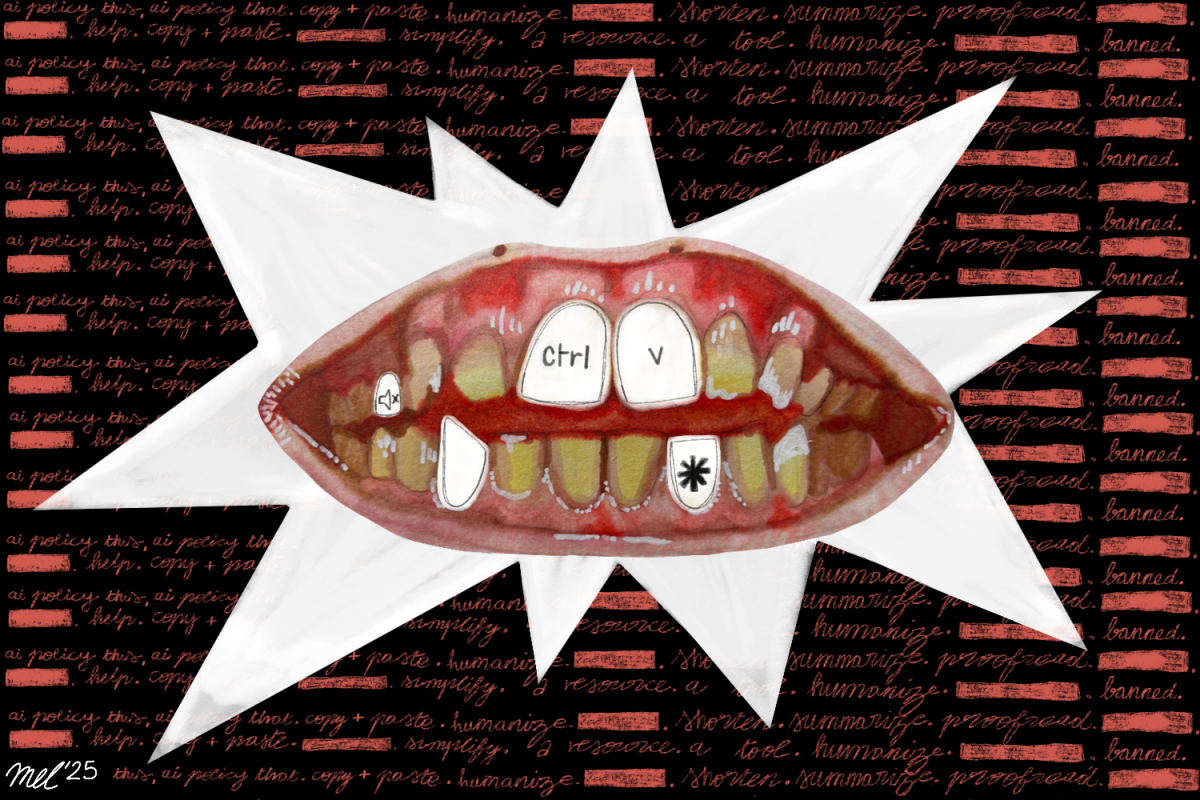Before starting my freshman year at Boston University, I had to make the most immense move of my life: leaving a rural college town in the South, smack dab in the middle of the Bible Belt, for a small, but bustling city in the North.
There were the expected changes in my jump from Tennessee to Boston, of course: leaving warm southern summers, college football tailgates and Chick-Fil-A for bitterly cold winters, the Red Sox and amazing seafood.
But the most significant adjustments I made moving to Boston, I had failed to anticipate. They dealt with what I could not immediately see: the fact that I was leaving one place and starting fresh in another where the political, religious and cultural circumstances were completely different.
And truly, the culture shock I encountered leaving my hometown of Knoxville, Tennessee, and heading north to New England’s boisterous coastal hub of Boston was much more intense than the transition I have made in moving from the United States to Auckland to study abroad.
While traveling in New Zealand, I have had the opportunity to observe a similar regional contrast to that of the United States. Auckland is a coastal province located near the upper-center of the North Island. During my time living in the city, I have ventured to other parts of the country’s North Island and visited the South Island for a 10-day trip. And much like my experience migrating from Knoxville to Boston in the United States, I have noticed a significant difference between the North and the South in New Zealand.
New Zealand’s North Island is a hotbed for Polynesian and Pacifica culture. Northland is home to many sites of historical, spiritual and cultural importance to the Māori, the native people of New Zealand. The Treaty of Waitangi, which established New Zealand as a colony under the jurisdiction of the British Crown and granted British citizenship to Māori, was signed in Northland. Not too long after the treaty was signed, the Northern Wars between the British and Māori tribes over the treaty’s controversial wording took place at many crucial battle sites across the North Island.
At the uppermost tip of the North Island stands Cape Reinga, or Te Rerenga Wairua, in the native Māori tongue of Te Reo, where the Tasman Sea meets the South Pacific Ocean. Cape Reinga hosts Te Ara Wairua, or “the spirits pathway,” where the spirits of deceased Māori were thought to say their final farewells before slipping into the sea and beyond to return to the land of their ancestors.
Auckland, New Zealand’s most populated city with around 1.4 million people, is also its most diverse. While a large majority of the population includes white New Zealanders of European decent, or Pākehā, a mix of Asian, Pacific and Māori peoples constitutes over one-fourth. Since the 1990s, Auckland’s Chinese population has exploded as the city has become more attractive to business migrants. Other Asian peoples from places such as India, Korea, Japan and Cambodia have created a thriving Asian food industry in Auckland. Events such as Diwali and Chinese New Year are widely celebrated. Auckland’s Pacifica population includes people from Samoa, the Cook Islands and Fiji.
The South Island is much less populated than the North Island, with most New Zealanders living in cities such as Christchurch, Queenstown and Dunedin, home of New Zealand’s renowned University of Otago. As you head southward, the sheep-to-people ratio increases dramatically. The population generally becomes whiter and more conservative, somewhat like in the United States. New Zealand’s stereotype of the traditional Southern man is the beer-drinking, rugby-loving heterosexual.
The city of Queenstown, located toward the bottom of the South Island, has been dubbed “The Adventure Capital of the World” because it is the birthplace of many adventure tourism activities. The first commercial bungee jumping operation was created there in 1988. Tandem paragliding and skydiving were also perfected in Queenstown. Today, visitors can enjoy a wide range of adventure tourism activities, from kayaking and canyoning to horseback riding.
The West Coast of the South Island is also famously the home of many breathtaking geographical features, such the slow-moving Franz-Josef and Fox Glaciers, the turquoise Blue Pools of Haast Pass and the vast fiords of Milford Sound and Fiordland National Park. The wondrous Pancake Rocks of Punakaiki were formed not too far from there millions of years ago when wind and rain eroded the sandstone from between layers of limestone, creating flap-jack-like stacks of rock. Rivers and seashores on the West Coast of the South Island are also the only place that authentic New Zealand greenstone or jade can be found.
To be fair, the North and South Islands of New Zealand share many characteristics. They are both dotted with gorgeous beaches and quaint towns. They each have their fair share of wineries and national parks. They both hold some of the most astounding sights of natural beauty in the world.
But if there’s one thing I’ve learned from traveling from South to North in the States and from North to South in New Zealand, it’s that culture is undeniably tied to geographic location.




















































































































